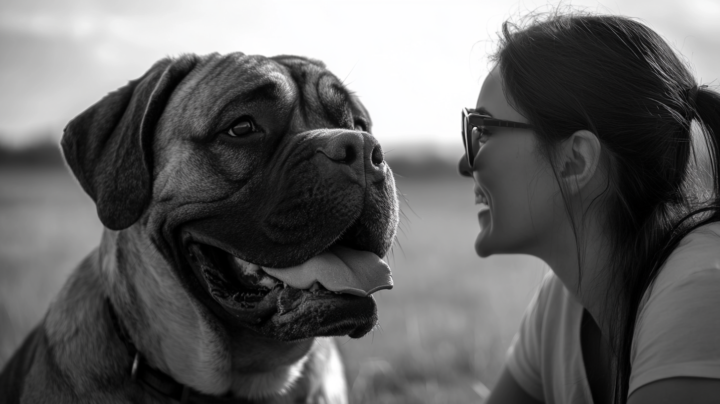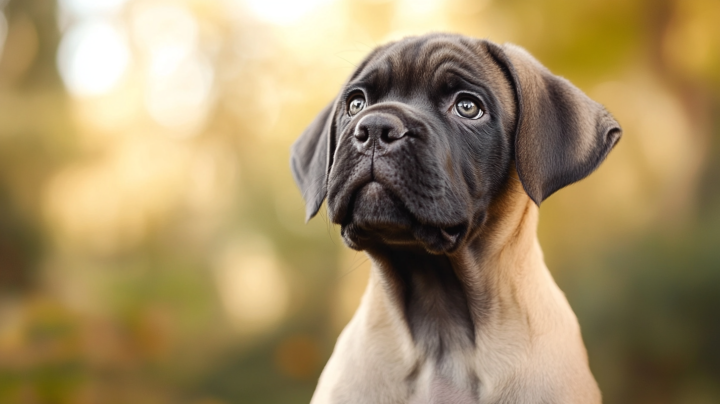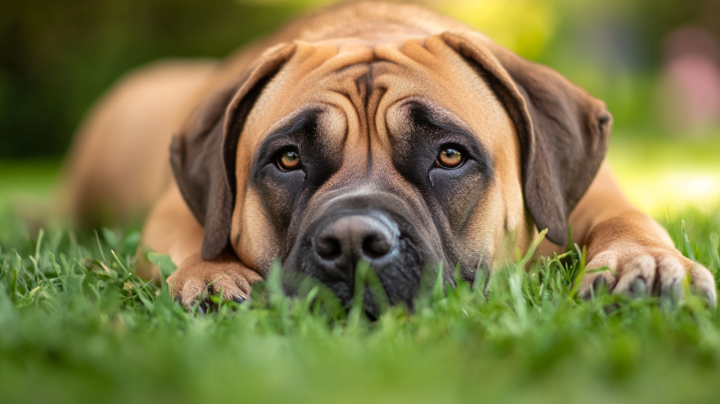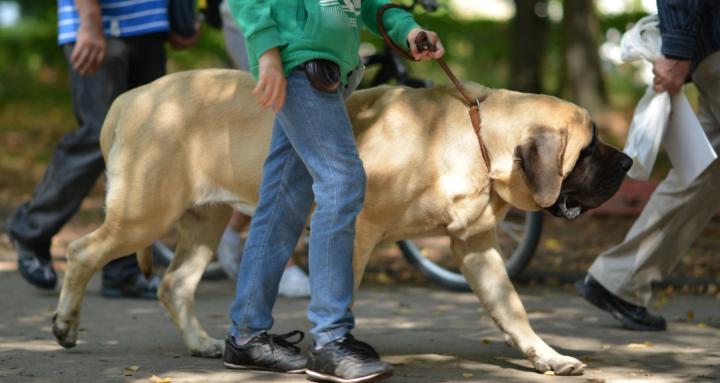
Write something
Mastering Mastiff Training: 10 Essential Tips for Raising a Well-Behaved Gentle Giant 🐾🎓
Training a Mastiff requires understanding, patience, and consistency, given their size and natural guarding instincts. Proper training ensures they become well-behaved companions. Here are essential tips to guide you: 1. Start Training Early Begin training your Mastiff between 8 to 10 weeks of age. Early training helps instill good habits and prevents the development of undesirable behaviors. 2. Prioritize Socialization Expose your Mastiff to various people, environments, and other dogs from a young age. This exposure helps them become well-rounded and reduces the likelihood of aggression or fearfulness. 3. Use Positive Reinforcement Mastiffs respond best to positive reinforcement techniques. Reward desired behaviors with treats, praise, or affection to encourage repetition. 4. Keep Training Sessions Short Limit training sessions to about 15 minutes to maintain your Mastiff's attention and prevent boredom. Short, frequent sessions are more effective than longer, infrequent ones. 5. Establish a Routine Consistency is key in training. Establish a daily routine for feeding, exercise, and training to provide structure and help your Mastiff understand expectations. 6. Focus on Basic Commands Teach essential commands such as sit, stay, come, and heel. These commands form the foundation of good behavior and ensure safety in various situations. 7. Be Patient and Consistent Mastiffs can be stubborn, so patience and consistency are crucial. Avoid harsh training methods, as they can lead to fear or aggression. Instead, maintain a calm and assertive demeanor. 8. Implement House Training Establish a feeding schedule and take your Mastiff outside shortly after meals to encourage proper elimination habits. Praise them when they eliminate outside to reinforce the behavior. 9. Avoid Harsh Training Methods Mastiffs are sensitive and do not respond well to scolding or negative training tactics. Harsh methods can lead to defensive or aggressive behavior. Focus on positive reinforcement to build trust and encourage learning.
0
0

Mastiff Owner’s Guide: 10 Essential Tips for Raising a Happy & Well-Behaved Gentle Giant 🐾🏡
Embarking on the journey of raising a Mastiff, especially a Cane Corso and English Mastiff mix, is both rewarding and challenging. These gentle giants are known for their loyalty, strength, and affectionate nature. To ensure a harmonious relationship and a well-adjusted companion, consider the following essential tips: 1. Initiate Crate Training Early Crate training provides your Mastiff with a secure space, aiding in reducing anxiety and preventing destructive behaviors. One experienced owner emphasizes the importance of this practice:Chewy "Crate train her. Both of my mastiffs have been huge lap dogs and very attached. I found when I left them alone and free the anxiety led to destruction... the kennel is a cozy, comfortable place where they can relax." Introduce the crate as a positive environment, using treats and praise to encourage your pup to associate it with comfort and safety. Avoid using the crate as a form of punishment to ensure it remains a haven for your dog. 2. Establish a Consistent Routine Mastiffs thrive on routine, which helps them understand expectations and reduces stress. Implement regular schedules for feeding, exercise, and rest. Consistency in daily activities fosters a sense of security and aids in training efforts. 3. Prioritize Socialization Early and positive exposure to various environments, people, and other animals is crucial for a well-adjusted Mastiff. Proper socialization helps prevent fearfulness and aggression, promoting confidence in diverse situations. 4. Implement Gentle Training Techniques Mastiffs are emotionally sensitive and respond best to positive reinforcement methods. Harsh training techniques can lead to fear and hinder learning. Focus on rewarding desired behaviors with treats, praise, and affection to encourage repetition of those actions. 5. Monitor Growth and Exercise Appropriately Mastiffs grow rapidly, and their joints are susceptible to injury during development. Avoid excessive running or jumping, especially on hard surfaces, during their first two years. Provide moderate exercise to maintain health without overexertion.
0
0

The Mighty Mastiffs: A Guide to the World's Most Powerful and Loyal Guardian Breeds
Mastiffs, renowned for their imposing size and gentle demeanor, belong to a distinguished group of working dogs known as Molossers. These breeds have ancient origins and have served various roles, from guardians to loyal companions. Let's explore some of the most notable Mastiff breeds: 1. English Mastiff The English Mastiff, often simply called the Mastiff, is one of the largest dog breeds by mass. Males typically stand at least 30 inches tall at the shoulder, weighing between 160 to 230 pounds, while females are slightly smaller. Despite their formidable appearance, they are known for their gentle and affectionate nature, earning them the nickname "gentle giants." Historically, they were used as guard dogs and hunting companions. 2. Bullmastiff Developed in England during the 19th century, the Bullmastiff is a cross between the English Mastiff and the Bulldog. Bred to assist gamekeepers in protecting estates from poachers, they are known as the "Gamekeeper's Night Dog." Bullmastiffs are powerful yet agile, standing between 24 to 27 inches tall and weighing 100 to 130 pounds. They are loyal, brave, and possess a natural guarding instinct. 3. Tibetan Mastiff Originating from the Himalayan regions, the Tibetan Mastiff was traditionally used as a guardian of livestock and property. They are known for their thick double coat, which protects them in harsh climates, and their impressive mane-like fur around the neck and shoulders. Males can stand at least 26 inches tall, with weights ranging from 90 to 150 pounds. They are independent, strong-willed, and protective, requiring experienced handling. 4. Neapolitan Mastiff The Neapolitan Mastiff, or Mastino Napoletano, hails from Italy and is easily recognized by its loose, wrinkled skin and massive bone structure. Standing between 24 to 31 inches tall and weighing 110 to 150 pounds, they were historically used as guard dogs. Their intimidating appearance belies a loyal and affectionate nature towards their family.
0
0

1-3 of 3

skool.com/mastiffs-are-the-best-3540
Join the EXCLUSIVE Mastiff community! 🐾 Mostly just a bunch of people who LOVE their mastiff & think their life is better off with them around.
Powered by
